The Success Story of Nestle India
Nestle India Limited is one of the top companies in the FMCG sector in India and a subsidiary of Swiss multinational company Nestle. In 1912, the company deployed its first sales agent in Chennai and Kolkata.
Today, Nestle India employs more than six thousand people across India and it has more than 3.5 million outlets in the country. It is headquartered in Gurugram, Haryana and offers food, beverages, chocolate, and confectionery products. The company continues to expand because it aims to align its core strength with the opportunities available.
What Brought Success:
The company believes in innovation and always keeps customer satisfaction on its priority. For that, it not only innovates but also renovates its products continuously. Along with that the company has focused on operational efficiency as well as increasing product availability and visibility. It made its product more meaningful in consumers’ lives. At the same time, they increased their sale and profit margin by putting their working capital and fixed capital at high intensity.
Along with that, some other factors are there which are as follows:
- Advanced R&D:
Nestle group has extensive centralised research and development facilities at the head office.
The unique ‘Experimental Kitchen’ and ‘2Sensory Laboratory’ benchmark customers’ taste and products. Nestle India has all the access to results and expertise of it.
- Boosting the Supply Chain:
When it comes to consumer goods, the supply chain plays a crucial role. to mitigate wastage, they rigorously focused on their supply chain which resulted in improved efficiency and providing consumers with freshest stocks every time. For that, they reduced the finished goods inventory pipeline. They controlled distribution costs through innovative measures, improved customer service across all geographies and channels.
- The Market Expansion Strategy:
Their ideology of innovation and renovation helped them find new ways to market them effectively. They expanded the vending machine network to enhance the availability of Nescafe. Identifying new markets for the consumption of their chocolate and confectionery were done in which they included railway platforms, college canteens, bus stations, and other major events. They set up their own outlets across the major metro and mini metro cities with the name of Coffee Corners’ and ‘Café Nescafe’
Overcoming the Failure:
In 2015, one of the most popular brands of Nestle India, Maggi, was declared harmful to consume. This resulted in decrease of sales and reputation.
The company which used to enjoy 80% share in the Indian noodle market touched zero in a month. The Food Safety and Standards Authority of India (FSSAI) banned it because of the presence of lead and high monosodium glutamate (MSG) content.
In 2016, Nestle decided to bring back Maggi into the shelves and it succeeded to re-capture 57% of the market share. Though it was much less than its previous glory, it taught us how to bounce back.
In 2019-20 the company launched 60 new products with a success rate of 70 per cent.
Suresh Narayan, Chairman and Managing Director of the company said, “we are innovating at a pace which is three times more than earlier.” An investment of 26,00 crore had also been announced.
Their newest manufacturing facility at Sanand in Gujarat would be digitally enabled, paperless and environment friendly and 50% workforce would be women.
Nestle Goes Digital-
Lockdown forced every business on the planet to go digital and Nestle India is no exception. They cut down the budget of traditional advertising and moved to digital platforms like other businesses.
At the same time, the company launched its digital platforms like Maggi.in and AskNestle.com where they share food recipes and health related information.
Nestle’s digital first strategy covers all facets of the business which has digitised its distribution and supply chain infrastructure. Along with that, it also launched T-Hub which helps in optimising the availability, dispatch and resourcing the logistics movements. The food giant soon is going to launch an app for Kirana shop owners to order digitally.
The Inclusive Growth:
Before 2015, the company involved itself catering to the needs of urban consumers and were not offering much for tier-2 and tier 3 buyers.
But, in the following 5 years, they recorded higher growth in small towns. The number of distribution points has reached to 12000 from 9000 and their vision is to reach 1,20,000 villages. Tweaking their portfolio, they have also increased the number of employees which are now close to 11,000.
Rural Development:
India and Nestle’s association have been more than a century old and today, Nestle India operates 8 manufacturing facilities and 4 branch offices. It built the first Indian factory in Moga in 1961 that developed milk production in the region. In all this time period, Nestle India has helped to develop the area around the factory, set up milk collection points and to improve productivity and quality by training farmers. Their agronomists give farmers technical support in water management such as irrigation and rain water harvesting.
The schools which are near its factory in Moga, have been provided with 160 clean drinking water fountains which quench the thirst of 65,000 students. In girls’ schools, they have improved the sanitation facilities which helps young girls to continue their education.
What’s Next?
Being a well-established company in India, Nestle India will continue to manufacture and market its product so as to create sustainable value for the long term. Along with that, the company will focus on providing wide varieties of high quality and safe products at affordable prices. India’s economy is booming; people are earning more and their lifestyle is changing. To catch up with that the company is striving to anticipate people’s needs in order to provide convenience, taste, nutrition and wellness through its product chains.
FAQ
1. How did Nestlé India build its success gradually?
Nestlé India grew through carefully timed product launches — like Maggi noodles, Nescafé coffee, and Milkmaid. Each product targeted a specific consumer need and filled market gaps.
2. Why did Maggi become so popular in India?
Maggi became a hit due to its “2-minute noodles” concept, which appealed to busy households. Smart marketing and school campaigns helped make it a household name.
3. Did Nestlé India adapt its products to local tastes?
Yes, Nestlé customized products like Maggi masala to suit regional Indian preferences. This helped them connect better with diverse audiences across the country.
4. What was Nestlé India’s first successful product?
Milkmaid and Nescafé were early popular products, but Maggi was the game-changer that brought Nestlé into the spotlight in the 1980s.
5. Has Nestlé India targeted rural markets as well?
Yes, Nestlé expanded into rural India with affordable packaging, local marketing, and distribution efforts to reach untapped customer bases.
6. What did Nestlé India learn from its failures?
After incidents like the 2015 Maggi ban, Nestlé focused on rebuilding trust through transparency, better quality control, and strategic communication.
7. Is Nestlé India focused only on food products?
No, Nestlé India operates in multiple categories including baby food, dairy, beverages, nutritional supplements, and even pet care.
8. How is Nestlé India’s strategy different from other MNCs?
Unlike many global companies, Nestlé India emphasizes local innovation — creating India-specific products and flavors based on regional preferences.

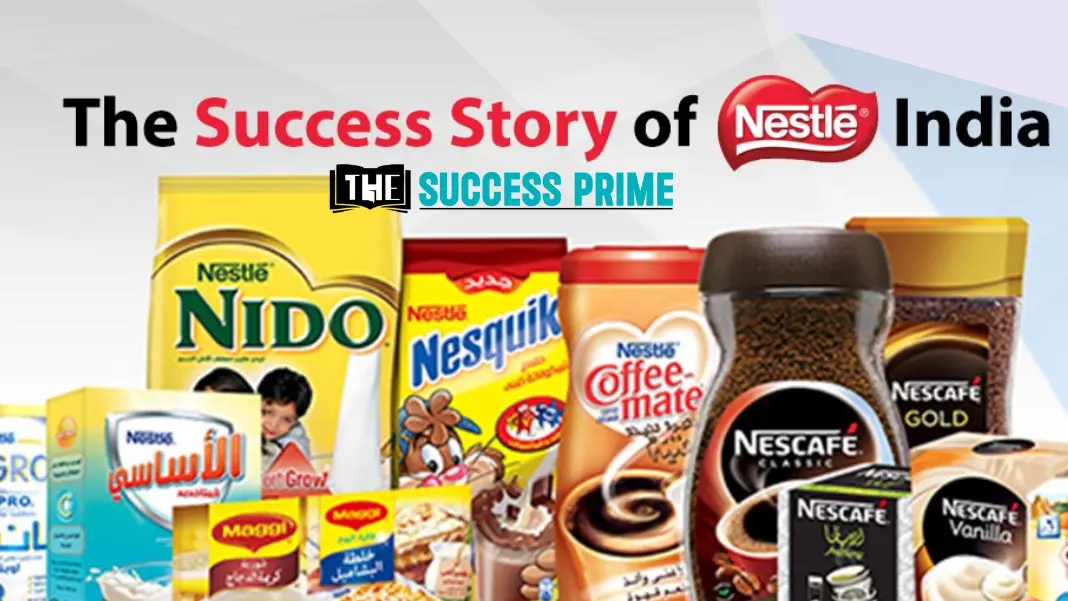
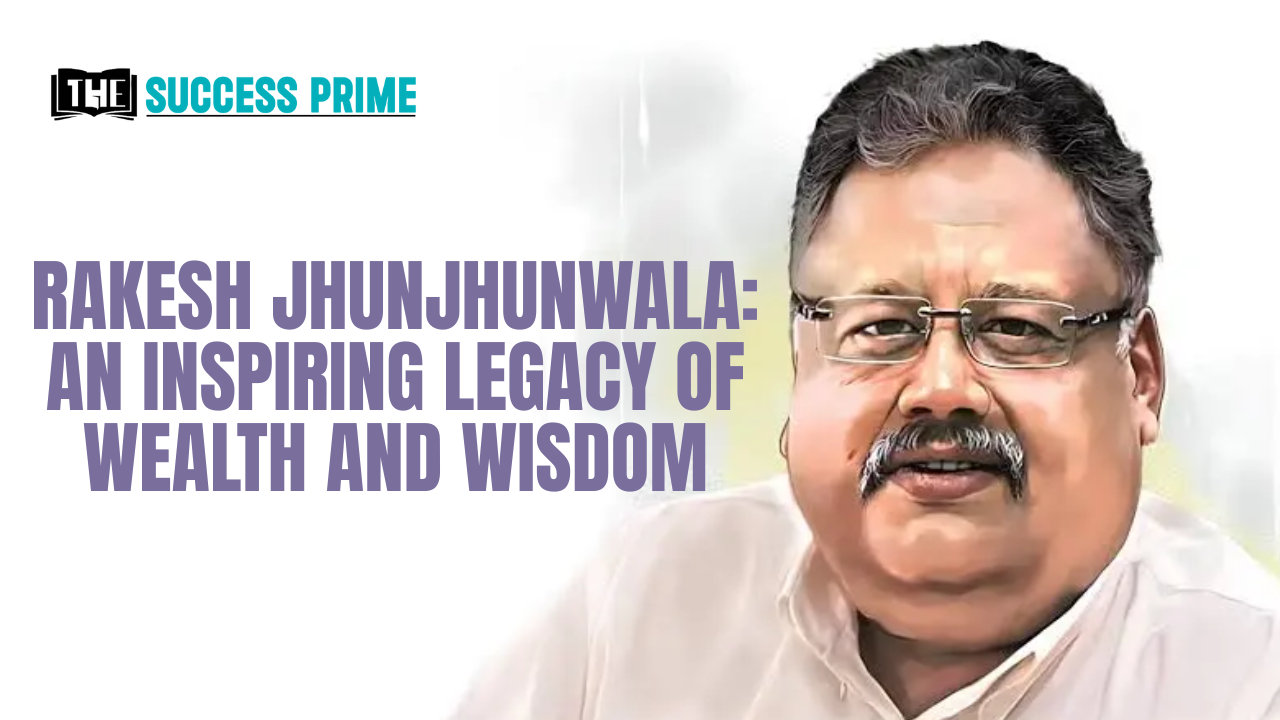
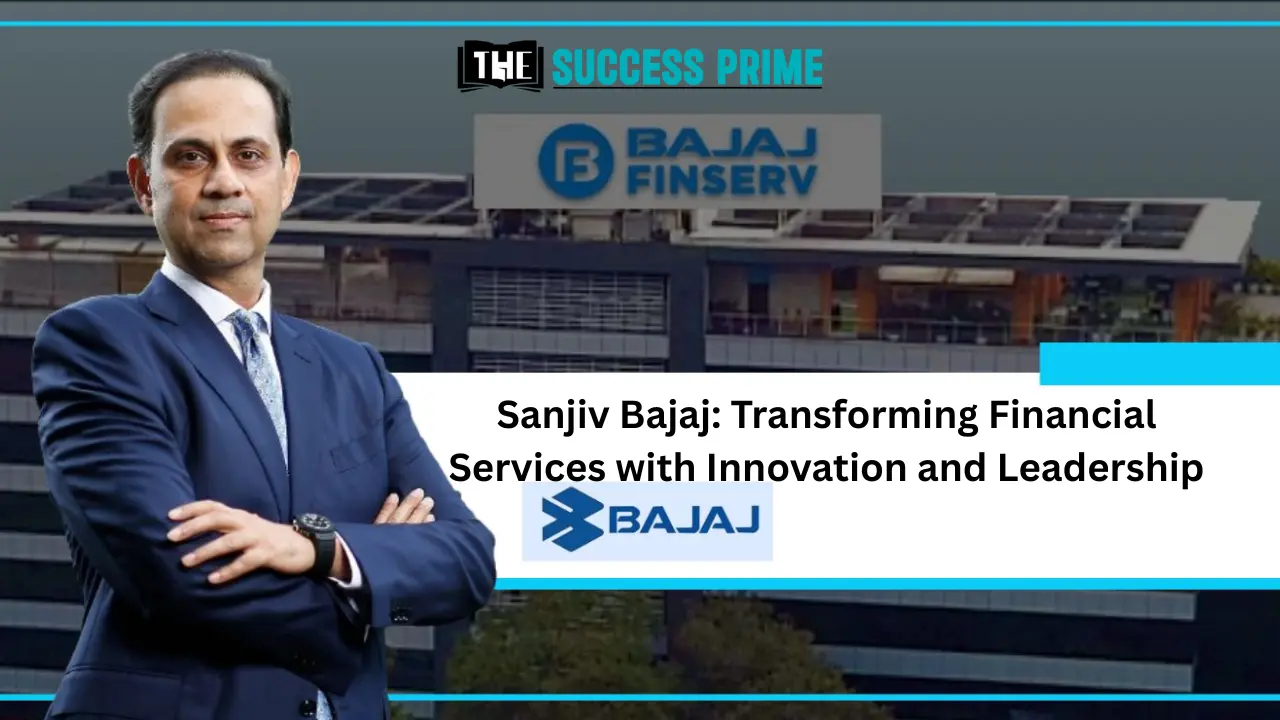
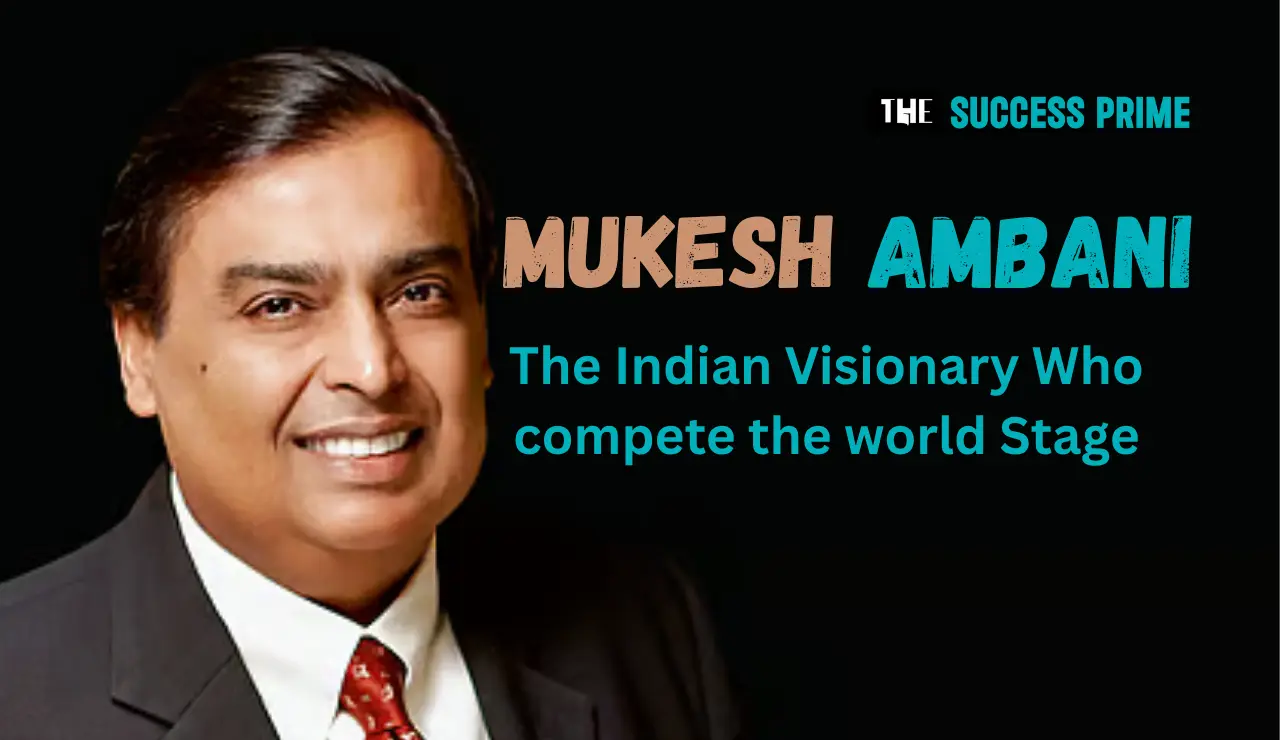



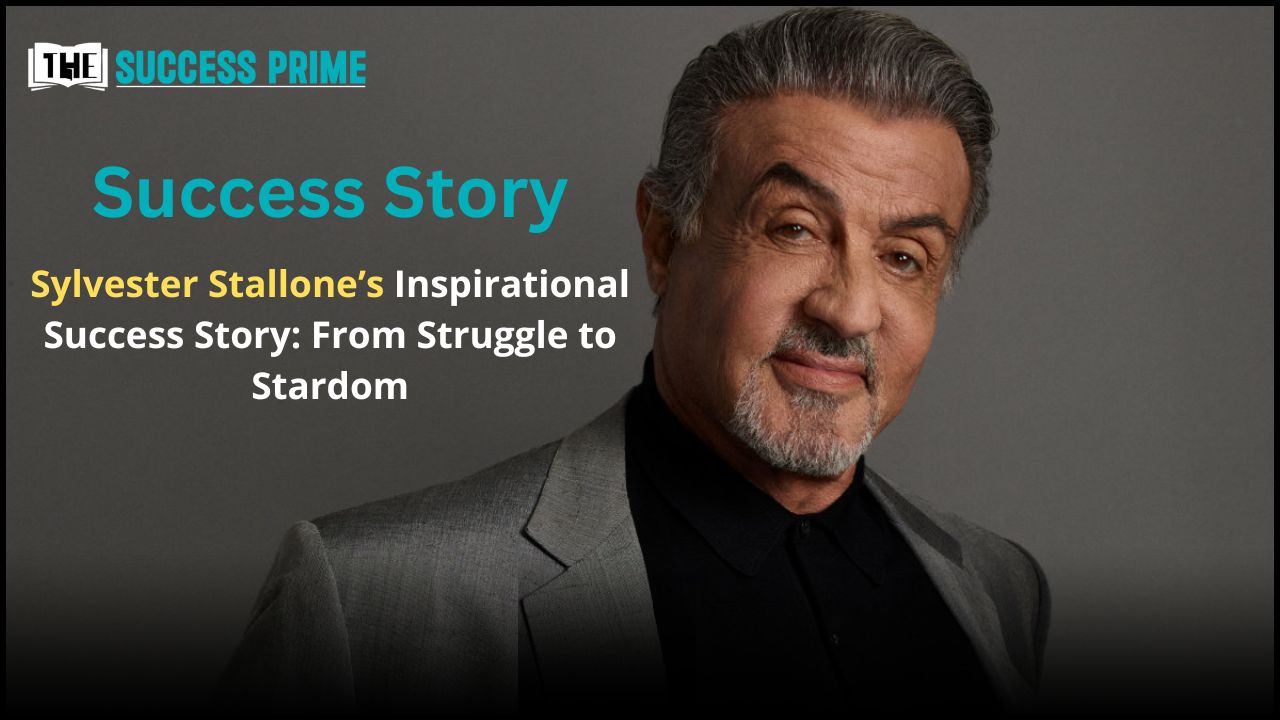






Leave a Reply